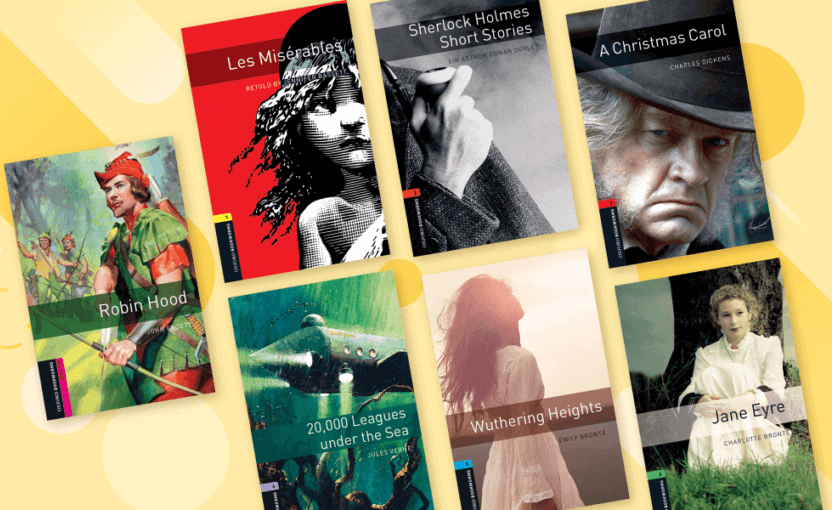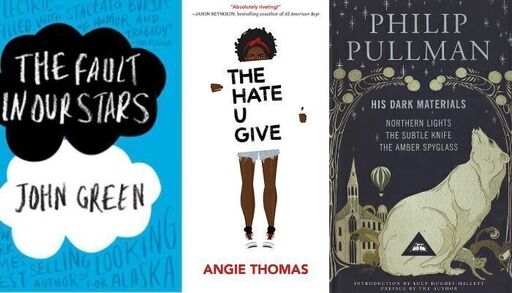Blog – Posted on Wednesday, Apr 03

If the idea of reading for free — or even getting paid to read — sounds like a dream come true, remember that it isn’t a pipe dream. There are many places aspiring book reviewers can read books for free, such as Reedsy Discovery — a new platform for reviewing indie books. Of course, if you’re giving serious thought to becoming a book reviewer, your first step should be learning how to write a book review. To that end, this post covers all the basics of literary criticism. Let’s get started!
The three main steps of writing a book review are simple:
- Provide a summary: What is story about? Who are the main characters and what is the main conflict?
- Present your evaluation: What did you think of the book? What elements worked well, and which ones didn’t?
- Give your recommendation: Would you recommend this book to others? If so, what kinds of readers will enjoy it?
You can also download our free book review templates and use it as a guide! Otherwise, let’s take a closer look at each element.
How to write a review of a book
Step 1. Provide a summary
Have you ever watched a movie only to realize that all the good bits were already in the trailer? Well, you don’t want the review to do that. What you do want the summary to do is reveal the genre, theme, main conflict, and main characters in the story — without giving away spoilers or revealing how the story ends.
A good rule of thumb is not to mention anything that happens beyond the midpoint. Set the stage and give readers a sense of the book without explaining how the central issue is resolved.
Emily W. Thompson’s review of The Crossing:
Here are a few more reviews with well-written summaries for you to check out. The summary tend to be the longest part of the book review, so we won’t turn this post into a novel itself by pasting them all here: Le Cirque Navire reviewed by Anna Brill, The Heart of Stone reviewed by Kevin R. Dickinson, Fitting Out: The Friendship Experiment reviewed by Lianna Albrizio.
Non-fiction summary tip: The primary goal of a non-fiction summary is to provide context: what problems or issues has the book spotted, and how does it go about addressing them? Be sure to mention the authors of the title and what experience or expertise they bring to the title. Check Stefan Kløvning’s review of Creativity Cycling for an example of a summary that establishes the framework of the book within the context of its field.
Step 2. Present your evaluation
While you should absolutely weave your own personal take of a book into the review, your evaluation shouldn’t only be based on your subjective opinion. Along with presenting how you reacted to the story and how it affected you, you should also try to objectively critique the stronger and weaker elements of the story, and provide examples from the text to back up your points.
To help you write your evaluation, you should record your reactions and thoughts as you work your way through a novel you’re planning on reviewing. Here are some aspects of the book to keep in mind as you do.
Your evaluation might focus heartily on the book’s prose:
Donald Barker’s review of Mercenary:
You can give readers a sense of the book by drawing comparisons to other well-known titles or authors:
Laura Hartman’s review of The Mystery of Ruby’s Mistletoe:
Not everyone’s tastes are the same, and you can always acknowledge this by calling out specific story elements in your evaluation:
Kevin R. Dickinson’s review of The Heart of Stone:
Non-fiction evaluation tip: A book’s topic is only as compelling as its supporting arguments. Your evaluation of a nonfiction book should address that: how clearly and effectively are the points communicated? Turn back to Stefan’s critique for an example of a non-fiction critique that covers key takeaways and readability, without giving away any “big reveals.”
Step 3. Give your recommendation
At the end of the day, your critique needs to answer this question: is this a book you would (or wouldn’t) recommend to other readers? You might wrap up by comparing it to other books in the same genre, or authors with similar styles, such as: “Fans of so-and-so will enjoy this book.”
Let’s take a look at a few more tips:
You don’t need to write, “I recommend this book” — you can make it clear by highlighting your favorable opinion:
Emily W. Thompson’s review of The Crossing:
Add more punch to your rating by mentioning what kind of audience will or won’t enjoy the book:
Charleigh Aleyna Reid’s review of The King of FU:
Unless you found the title absolutely abhorrent, a good way to balance out a less favorable book review it to share what you did like about the book — before ultimately stating why you wouldn’t recommend the novel:
Nicola O’s review of Secrets of the Sea Lord:
Non-fiction recommendation tip: As with fiction book reviews, share why you did or didn’t enjoy the title. However, in one of the starkest divergences from fiction book reviews it’s more important than ever that you mention your expectations coming into the non-fiction book. For instance, if you’re a cow farmer who’s reading a book on the benefits of becoming a vegetarian, you’re coming in with a large and inherent bias that the book will struggle to alter. So your recommendation should cover your thoughts about the book, while clearly taking account your perspective before you started reading. Let’s look once more at Stefan’s review for an example of a rating that includes an explanation of the reviewer’s own bias.
Bonus tips for writing a book review
Let’s wrap up with a few final tips for writing a compelling review.
- Remember, this isn’t a book report. If someone wants the summary of a book, they can read the synopsis. People turn to book reviews for a fellow reader’s take on the book. And for that reason…
- Have an opinion. Even if your opinion is totally middle-of-the-line — you didn’t hate the book but you didn’t love it either — state that clearly, and explain why.
- Make your stance clear from the outset. Don’t save your opinion just for the evaluation/recommendation. Weave your thoughts about the book into your summary as well, so that readers have an idea of your opinion from the outset.
- Back up your points. Instead of just saying, “the prose was evocative” — show readers by providing an actual passage that displays this. Same goes for negative points — don’t simply tell readers you found a character unbelievable, reference a certain (non-spoiler) scene that backs this up.
- Provide the details. Don’t forget to weave the book’s information into the review: is this a debut author? Is this one installment of a series? What types of books has the author written before? What is their background? How many pages does the book have? Who published the book? What is the book’s price?
- Follow guidelines. Is the review you’re writing for Goodreads? For The New York Times? The content and tone of your review will vary a good deal from publication to publication.
- Learn from others. One of the best ways to learn how to write a great review is to read other reviews! To help you out with that, we’ve published a post all about book review examples.
Writing book reviews can be a rewarding experience! As a book-lover yourself, it’s a great opportunity to help guide readers to their next favorite title. If you’re just getting started as a reviewer and could use a couple more tips and nudges in the right direction, check out our comprehensive blog post on how to become a book reviewer. And if you want to find out which review community is the right fit for you, we recommend taking this quick quiz:
Finally, if you feel you’ve nailed the basics of how to write a book review, we recommend you check out Reedsy Discovery, where you can review books for free and are guaranteed people will read them. To register as a book reviewer, simply go here!



